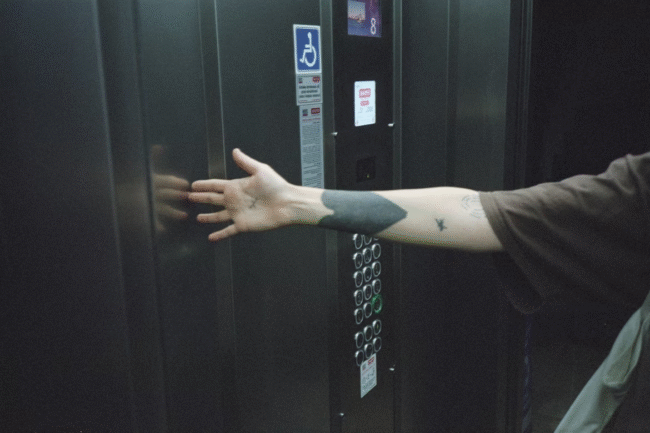
In the urban landscape, there are tall buildings, which have elevators or escalators installed in them. This means that in urban areas, there is more pollution and carbon footprints from buildings. To minimize pollution and carbon footprints, building owners use energy-efficient elevators and escalators, which have the latest technological features.
Elevator connectivity is required in buildings for the real-time monitoring of people’s movements. Additionally, the operational aspect of elevators can be monitored at all times. This connectivity of elevators is a great means of ensuring significant improvement in building efficiency and user experience.
Enhancing Building Efficiency
Various techniques and technologies are used in elevators in modern buildings to improve elevator connectivity and efficiency. These include:
- Regenerative Braking Systems
Elevators manufactured nowadays are provided with a regenerative braking system. This system in elevators absorbs the excess energy that is generated when elevators brake. The energy is then converted into reusable electricity. This improves the elevator’s efficiency.
Moreover, the braking system does not allow excess heat to be dissipated into or around the building, improving the building’s efficiency.
- Use of Lightweight and Sustainable Materials
Manufacturers use durable, lightweight, and sustainable materials to make elevators. With these materials, the longevity and efficiency of elevators are assured. Eventually, this improves the overall efficiency of the building, as elevators work optimally and do not require to be replaced often.
- Energy-efficient Components
In addition to elevators being made from energy-efficient materials, the various components of elevators are also power-efficient and use less electricity. For instance, LED lights, energy-efficient motors, and smart access control systems are installed in elevators for their operational efficiency.
- Smart Elevators
Integrating artificial intelligence and smart technology in elevators is a great way of improving elevator connectivity. This is also the best-known means today to improve elevator efficiency, as these technologies help monitor elevators in real-time and know the traffic flow, functioning of the components, and collect other vital data.
This data can be used to manage the flow of people and know when and where repairs are needed. It also helps to prevent major breakdowns of elevators. All these are means of enhancing the user experience and building efficiency.
- Destination Control Systems
Destination control systems for elevator connectivity can reduce the number of trips that elevators have to make. This means that elevators can function efficiently for a longer period and need fewer repairs. Eventually, efficient elevators improve the overall building efficiency.
- Solar Elevators
Many buildings also use solar elevators these days. The use of solar power to operate elevators is an energy-saving means that reduces the buildings’ carbon footprints and enhances their efficiency.
- Modernization
Elevators or their components may need repairs. Instead of completely replacing elevators or repairing elevators when more than one part requires maintenance, modernization or partial upgrades can be done. So, repairs can be done when needed, ensuring elevators can have an extended life and function optimally.
This also helps building owners avoid and defer the replacement of elevators for a long time, which not only makes the elevators cost-effective but also improves the building’s efficiency, as the users are assured of hassle-free services at all times.
To Sum It Up
Elevator connectivity in buildings is important to ensure a smooth and seamless people flow and can be achieved using modern techniques and technologies.
